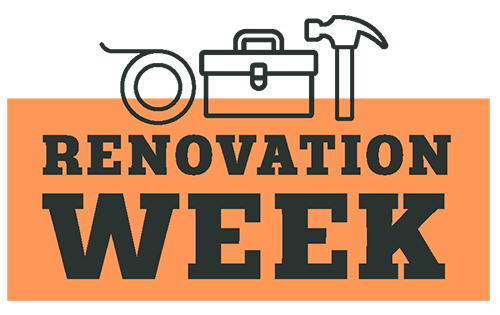
From the city's largest park (no, it's not in Manhattan) to the game-changing High Line
Despite its reputation as a concrete jungle, New York City is positively teeming with green space—there are more than 1,500 parks located throughout the five boroughs. And as the city has changed over the past few centuries, so too have these public parks. Take a look at how five of New York City's biggest parks have transformed—some in small ways, and others in dramatic fashion—below.
Central Park
New York City's best-known park was also the first major project by its designers, Frederick Law Olmsted and Calvert Vaux. The pair won an 1858 design commission created by the New York State Legislature, the idea being that the massive public space would "improve public health and contribute greatly to the formation of a civil society," according to the Central Park Conservancy. Olmsted and Vaux's winning design included the creation of separate areas dedicated to different uses—walking, lounging, driving, and the like—along with a "naturalistic" design that was inspired by, among other places, Brooklyn's Green-Wood Cemetery. The park has had its ups and downs over the years—the 1970s and ’80s weren't kind to it—but today it's as popular and beautiful as ever, with much of Olmsted and Vaux's original intent remaining.
Prospect Park
After the success of Central Park, Olmsted and Vaux collaborated on several other public spaces in New York City, including the pastoral oasis that is Prospect Park. The park was meant to "nurture the mind, the body and even the fabric of society," according to the Prospect Park Alliance, a feat that would be accomplished by provided unbroken green spaces (such as the Long Meadow) and more wild, wooded areas (the Ravine). And while much of their design remains the same, there have been changes as the years have passed: the Soldiers' and Sailors' Arch was added at the turn of the 20th century, and features like the Prospect Park Zoo and the ice-skating rink were Robert Moses's doing. The latest revamp saw the skating rink turned into the LeFrak Center, a year-round destination for winter sports.
Pelham Bay Park
New York City's largest park occupies more than 2,700 acres in the Bronx, and is where some of the earliest European settlers in the city staked their claim. And it's no mere green space: Pelham Bay Park is home to a golf course, secluded trails, a historic house museum, and Orchard Beach (pictured above), among many other recreational amenities. Just this year, Bronx Borough President Ruben Diaz Jr. pledged $10 million to revamp the historic structures surrounding Orchard Beach as part of a larger push to draw tourists to the borough.
Flushing Meadows-Corona Park
Give Robert Moses credit where it's due: The controversial city planner had a hand in shaping some good things in New York City, including Flushing Meadows-Corona Park. The massive space—it's the fourth-largest park in NYC—hosted two separate World's Fairs, and Moses was instrumental in turning Flushing Meadows into a public space once the 1939-40 Fair ended. (The 1964-65 one wasn't quite as successful.) Some relics from both events remain, including the iconic Unisphere (pictured above; it was erected for the 1964 fair, the theme of which was "Peace Through Understanding"), the New York State Pavilion, and the building that now houses the Queens Museum.
The High Line
The most popular New York City park in recent years is undoubtedly the High Line, which has transformed the western reaches of Lower Manhattan since opening its first phases in 2009. You know the story by now: it was built atop an abandoned rail line; the architects behind the revamp (Diller, Scofidio + Renfro) kept the existing infrastructure of the train tracks; and so on. But the best way to get a sense of the dramatic revamp that has occurred in the years before and after the park existed is to look at photos. Joel Sternberg, who documented the High Line back when it was still a disused railway, shot the before image above in 2000; the after image, from the opening of the High Line at the Rail Yards, is from just 14 years later. The park itself has obviously been transformed, but the neighborhood around it is also a completely different place.
from
http://ny.curbed.com/2016/5/4/11590544/parks-in-new-york-city-past-present

No comments:
Post a Comment